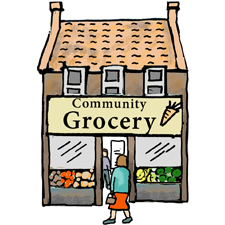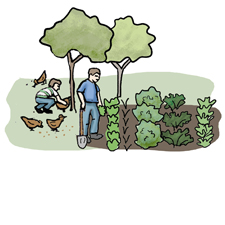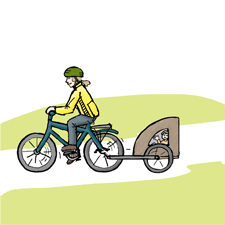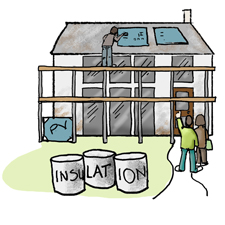Travel Survey Data
This year, Sustaining Dunbar has carried out Travel to School surveys, Household Travel surveys, and a telephone survey of SpareWheels members. Reports outlining methodology and results can be found in the background documents. Many more people are taking part in our surveys now; the response rates for travel to school surveys have increased from 18% to 37%, and for household surveys from 9% to 13%, hopefully indicating an increase interest in transport issues. Detailed results from the household survey may be found in the background documents, but in summary results indicate that:
- The number of households not owning a bike has reduced from 26% to 23% since last year. Average bike ownership has increase since last year; from 2.6 to 2.8 bikes/household.
- Car ownership has increased slightly over the past year from 1.38 to 1.43 cars/household or 0.43 cars/person, just a little under the East Lothian average of 0.44 (Scottish Government Transport Statistics 2009).
- There has been a net increase of 12% in households who think they use the car less and walk more since last year.
- There has been a net increase of 1% in households who think they use the car less and cycle more since last year. It is thought that the main increase in cycling has been in additional recreational trips, which in time should lead to an increase in utility cycling as cyclists become more confident.
- There has been a net increase of 4% in households who think they use the car less and use public transport more since last year.
- There has been a net increase of 7% in households who think they use the car less since last year.
- Around 18% of households responding to the survey said that they had received some form of travel advice from Sustaining Dunbar.
- The percentage of households making co2 savings increased by between 7-14% if they received travel advice.
- It is estimated that the project has directly contributed to a reduction of CO2e emissions by 91.02 tonnes over the past year. This is equivalent to a reduction of 276993 road miles.
Sustaining Dunbar carries out an annual survey of the journey to school at both Dunbar Grammar and Dunbar Primary Schools, copies of the survey forms and report are included in the background documents. Looking at data from these surveys, we are reassured to see that the high levels of active travel to both schools are still being maintained, at well over 80% for local pupils. Cycle rates to the Grammar School have also increased slightly, which is a major breakthrough and perhaps indicates that the high levels of cycling observed at the Primary School are beginning to slowly transfer to the Grammar School as pupils change schools. Both schools have a high percentage of pupils who do after school activities, almost 80% for Dunbar Primary School and just over 60% for Dunbar Grammar School. Survey results indicated that well over 50% of pupils from both schools think that they travel by car less to after school activities than last year.




